Nilofar* leans over to pour us more tea. All conversations in Central Asia seem to start with tea.
She wants to visit London and New York, and sure, Barcelona would be nice, too. Her eyes light up when she thinks about the idea of exploring the world and visiting cities she has seen on TV. But, first she has to finish university. She has a year to go.
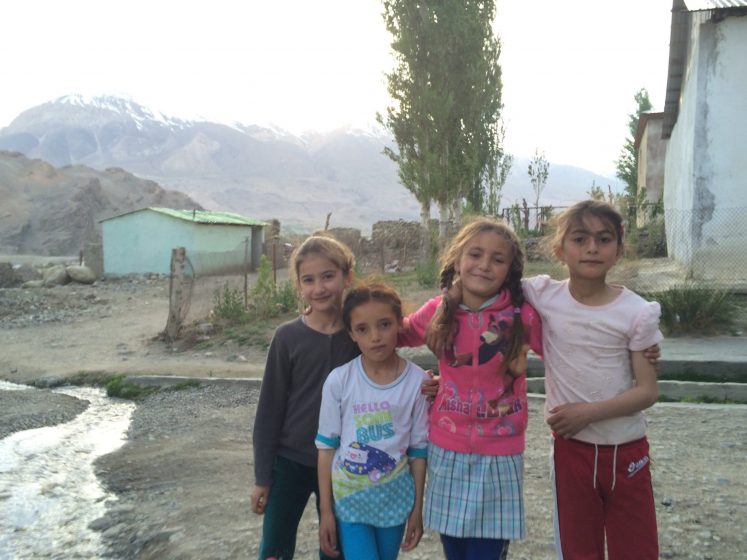
She’s studying to be a teacher, and from where we’re sitting, we think she would make a great addition to any school. She is compassionate, generous, enthusiastic, observant, smart, funny, beautiful, and a great conversationalist. She speaks her local Pamiri language and the dialect down the road. She also speaks Tajik, Russian, English and some Arabic and Iranian.
She’s the kind of young woman the world deserves. The Earth needs her talent and her smile, we think, enamored by her and the many other young women we are meeting and connecting with on this leg of our trip through Kyrgyzstan, Tajikistan, and Uzbekistan.
Then the shoe hits the floor. There’s a marriage proposal on the table, and Nilofar is considering it. The deal, though, isn’t a fairytale story. The man, a family friend, has already told her that when they get married she will have to stay home to raise the children they will inevitably have and she won’t be allowed to go out with her friends like she does now.
Nilofar’s father, like many of the fathers we met in the Pamir region, talks with pride when he speaks of his daughter. He worked many years in Russia, and sees Nilofar’s love of foreign languages as a gift that will serve her well at home or abroad. He doesn’t appear to be a father who would want his daughter to be in a loveless marriage or hidden in the background.
Still, Nilofar thinks she has to accept the proposal. Saying no would disappoint her family, she believes. She feels stuck, not sure where her place is in the world.
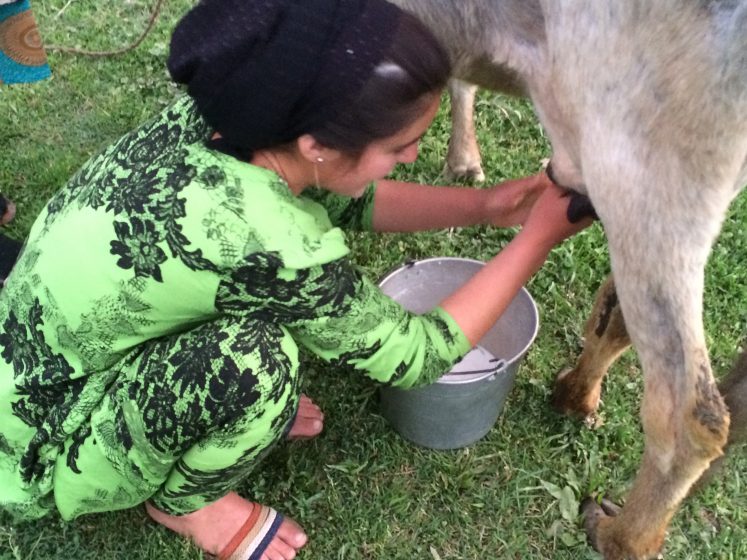
This, like the conversation surrounding migrant workers, is a story that repeats itself in many of the towns and cities we walk through. Young women on the verge of joining the workforce—multilingual women entering the world with accounting, biology, business, chemistry, finance, and teaching degrees—will trade in their many years of study to be confined at home.
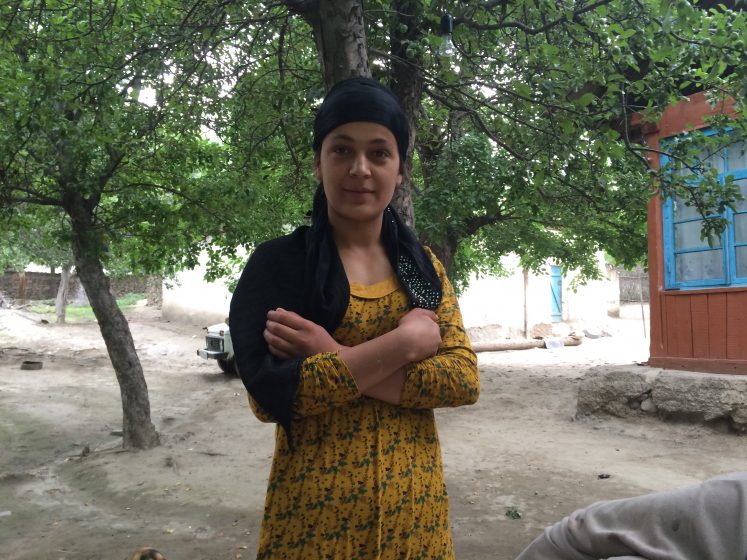
Losing our valuable natural resources
Somehow we have stepped into a delicate space. We are now tiptoeing around complex, far-reaching social justice issues that have broad implications for nations, cities, families, and individuals. I recognize that we are on shaky ground, and that we are bearing witness to the loss of one of the Earth’s most precious resources: a smart, empowered woman.
It’s the kind of conversation that raises more questions than answers, and it’s difficult for us to explain this to Nilofar.
- How can we, as a global community, spend as much as we have on educating girls and create a value system justifying the investment as critically important to the entire world and then turn around and leave these women unsupported when they graduate from high school or university?
- How can we close the gap between knowing that better educated girls lead to better educated women who take better care of their families and help improve their countries’ GDPs and the unspoken knowledge that we will lose natural and school-taught skills when women are limited to a stay-at-home family setting?
- How do we provide equal access to education to boys and young men and empower them to stand with women and question the limited gender roles society imposes on everyone, male and female?
- If parents have invested whatever money they could afford to educate their daughters beyond the state-mandated level, shouldn’t they expect and trust their daughters to think for themselves and choose a life path that shapes their own unique spot in the world?
- Why do we waste our time fighting for girls’ education if we are not willing to make the longer-term commitment to see them grow in the workforce or support them as they seek out their place in the world?
I walk in the shadow of majestic mountains mulling over these puzzling questions. Answers, I think, don’t really exist in the realm of a multi-national approach. Organizations such as the United Nations, the World Bank, and the many others we can rattle off, are powerful forces in shaping and setting international educational and workplace milestones and finding ways to hold nations accountable to achieving those goals. But they lack the grassroots enthusiasm that individuals want to latch onto and need to rationalize personal choices that are influenced by familial, cultural, social, and religious values.
Because I love cities, and because I feel cities are the lifeline to communities unreachable at a nation-state level, I believe there is a place for issues like this on the city agenda. Cities are bridges between an individual’s day-to-day life and the lofty, idealistic international dialogs happening in big conference halls. Cities, along with the schools and businesses that operate in them, are the frontmen dealing with the loss of these valuable human resources.
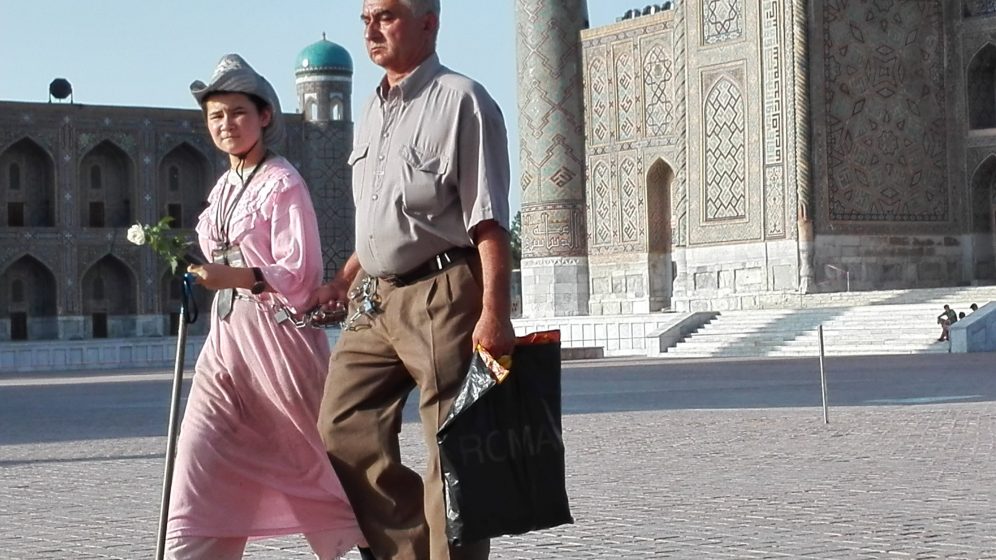
Creating space for the dialog
As we struggle through our conversation with Nilofar, trying to balance compassionate guidance while remaining sensitive to her situation, my mind wanders to city-level stories I have heard about and the models they are implementing to break gender barriers.
Closing the wage gaps is one such tactic. Three Minnesota cities—Rochester, Minneapolis, and St. Paul—rank highest on this list of cities, where women earn almost as much as men. Boston is taking the idea even further with its 100% Talent: The Boston Women’s Compact, a voluntary pledge that more than 50 companies in the city have signed to indicate their commitment to closing the gender wage gap in the workplace.
Wage gap issues, however, are much further down the line when filtering the conversation through a Central Asian film.
Here, young women first need to be able to understand that they have options, that they can choose which barriers to break, and which values they hold onto. Education has given them the fundamental groundwork to prepare them for this discussion. More is needed.
Nilofar is only one woman having an internal debate about her place in the world. We tried to help her get a little farther down her path. But, there are many, many more women like her. How will your city ensure that we don’t lose their voices and their minds?
Jenn Baljko
See more about the trip here.
*Her name has been changed to protect her identity. Some details are not unique to the woman identified here, but, rather, are representative of conversations we have had with several women in Central Asia.
About the Writer:
Jennifer Baljko
Jennifer Baljko is an avid traveler, longtime walker and a lifetime learner. She’s a city dweller who recently became a tree hugger (literally, she throws her arms around trees and hugs them), but feels at home almost anywhere.

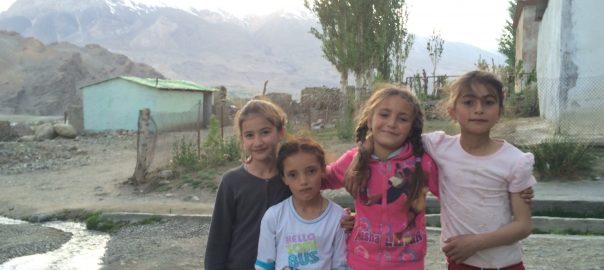


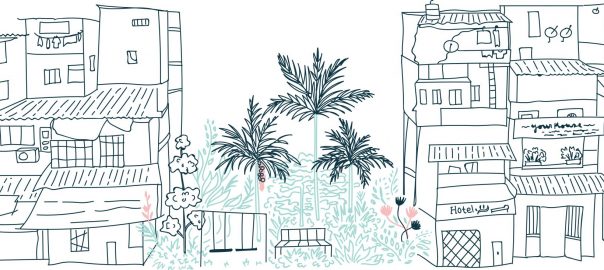
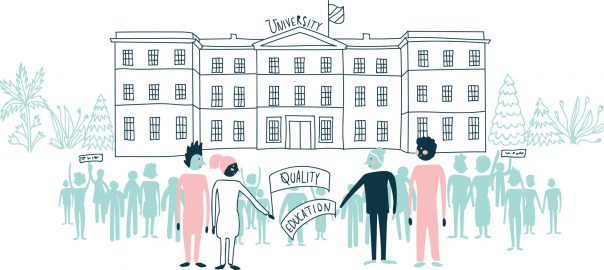
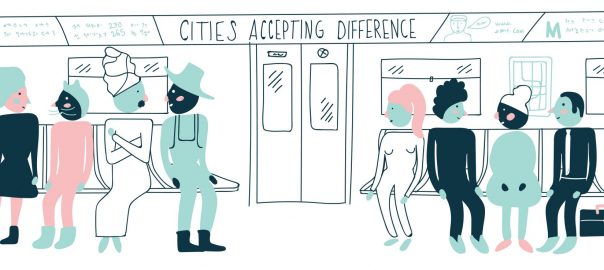
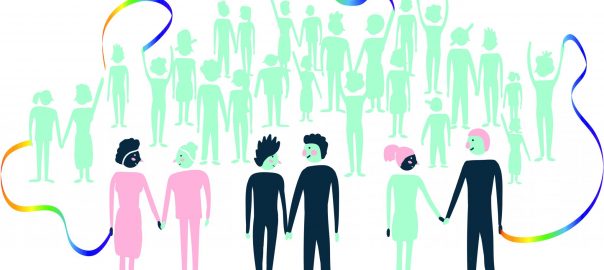



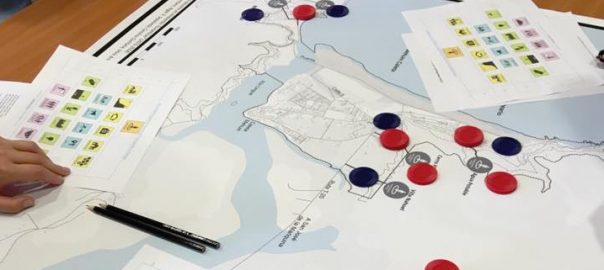
Add a Comment
Join our conversation